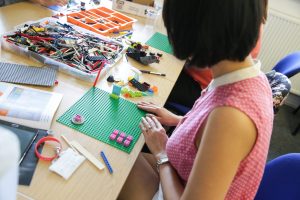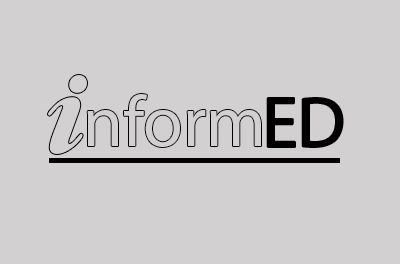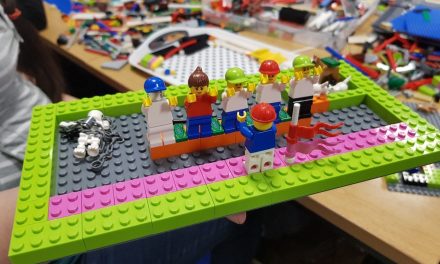By Dr Yu-Chun Pan (UWL University Teaching Fellow)
Most of us have enjoyed playing with LEGO as kids. Perhaps now we are now parents who play LEGO with our kids. I remember being obsessed with LEGO as a kid and being extremely excited about getting new LEGO sets for my birthday. But apart from being widely loved by kids, LEGO can also be a great tool for learning and teaching with adults.
As a teacher or an instructor, getting learners to share their views is an important part of the learning process, as it helps to assess their understanding and interpretation. There are plenty of ways to engage learners to share their views; we can use group discussion, workshops with post-it notes, and so on. I regularly use LEGO with my students who have enjoyed the process and results. Here, I would like to describe how I use LEGO to facilitate workshops to enhance learning experience.
LEGO Serious Play (LSP) is a methodology that aimed to connect minds and hands to create a deeper understanding of the world and its surroundings using LEGO brick artefacts as metaphors. Metaphors can demonstrate the human cognitive process and provide a new way of expressing experiences and realities. LSP facilitates communication and group problem solving processes through exploring a subject by building 3D artefacts. LEGO produces specific LSP sets, but you can use any of the hundred million bricks you have under the sofa or in the loft. 😊
So, we’ve LEGO bricks in hand, but how do we use it for learning and teaching? There are four key steps in running an LSP workshop:
- Instructor poses the question you want to discuss with learners as a building challenge:
This should be done after some warm-up activities (building something simple, such as a duck). The warm-up activities help learners to get familiar with LEGO (because some of us probably haven’t touched LEGO for a very long time!). Once the warm-up activities are completed, we can move on to the building challenge for each group of up to 8 learners. The building challenges should be crafted carefully. Instead of asking a big complex question, we can break down the questions into smaller modular or sequential questions.
- Learners build a model:
Next, I ask the learners to use LEGO bricks to construct their answers within a set time limit. During the building process, learners assign meanings to the bricks by metaphors or natives. Through building (and often amending), they go through a reflective process that is likely to deepen their thinking. By using their hands, learners also tend to register their thinking deeper into their minds.
- Learners share their stories:
I then ask the learners to share their stories and meanings assigned to their LEGO creations. It is essential that every learner’s story is heard. By sharing and hearing others’ stories, learners can further reflect their own thoughts and understand different perspectives and viewpoints. The instructors ask more questions based on stories with an aim to get them to reflect and share their thoughts more and more.
- Reflections:
The reflection stage requires the learners and instructors to discuss and clarify the insights gained in the last step. I then summarise and find a suitable way (could be notes or diagrams) to record this discussion to conclude.
These are the four key steps to running successful, impactful and fun LSP workshops. LSP inspires me and I find it a brilliant tool to help learners. I’m passionate about using it into the future and can’t wait to post more of my experiences on LSP – Watch this space!!
If you are interested in LSP, get in touch with me. You can find me on Twitter @yuchunpan or email me at y.pan@uwl.ac.uk
Further information: https://www.lego.com/en-us/seriousplay/the-method







